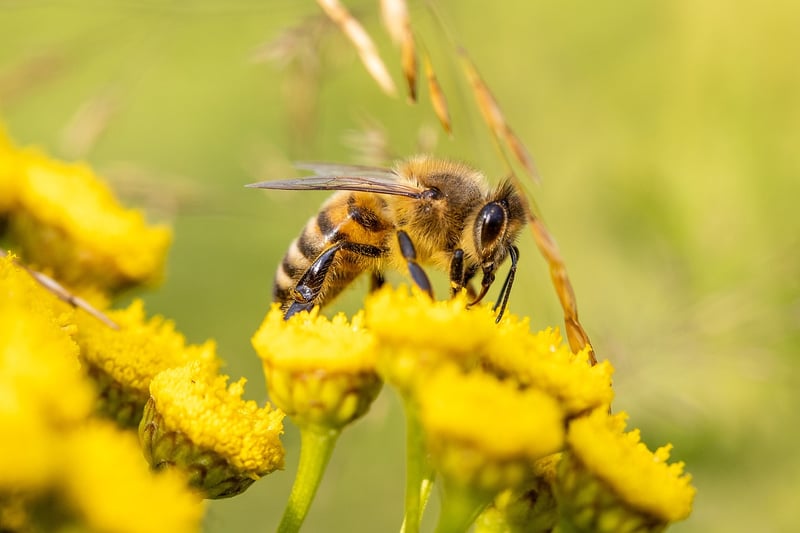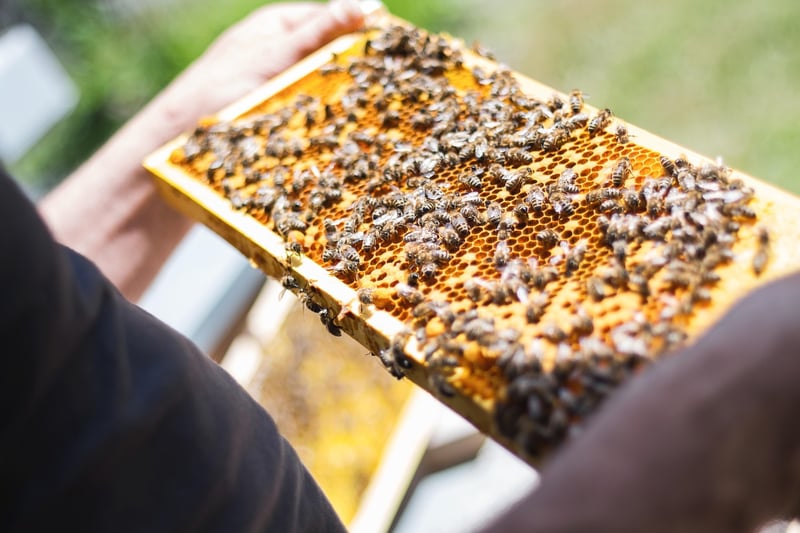Beekeeping Basics
Attracting and Supporting Local Wildlife + Beekeeping Basics
Introduction
Creating a welcoming environment for local wildlife not only adds beauty to your surroundings but also plays a crucial role in maintaining ecological balance. Additionally, beekeeping can be a rewarding and beneficial hobby that supports the declining bee population. Let's explore some simple ways to attract and support local wildlife while also delving into the basics of beekeeping.
Attracting Local Wildlife
Here are some tips to attract a diverse range of wildlife to your garden:
1. Plant Native Flora
Native plants provide food and shelter for local wildlife. Choose a variety of flowers, shrubs, and trees that are indigenous to your region.
2. Provide Water Sources
Set up bird baths, ponds, or small water features to attract birds, insects, and other wildlife that need water for drinking and bathing.
3. Build Habitats
Install birdhouses, bat boxes, bee hotels, and butterfly houses to create safe spaces for different species to nest and rest.
4. Avoid Chemicals
Avoid using pesticides and herbicides in your garden as they can harm wildlife. Opt for natural pest control methods instead.
Beekeeping Basics
Beekeeping is not only fascinating but also vital for pollination and the health of our ecosystems. Here are some basics to get you started:
1. Educate Yourself
Learn about the behavior of bees, different hive types, and the equipment needed for beekeeping. Join local beekeeping associations for guidance.
2. Get the Right Equipment
Invest in essential beekeeping equipment such as a hive, protective gear (bee suit, gloves, veil), smoker, hive tool, and bee brush.
3. Choose a Suitable Location
Find a location with access to sunlight, water, and natural food sources for your bees. Ensure it is away from strong winds and potential disturbances.
4. Care for Your Bees
Regularly inspect your hive, manage pests, and diseases, and provide supplementary food when necessary. Keep learning and improving your beekeeping skills.
Conclusion
By following these tips to attract local wildlife and understanding the basics of beekeeping, you can create a harmonious environment that supports biodiversity and the essential role of bees in pollination. Embrace these practices to contribute positively to the ecosystem around you.


